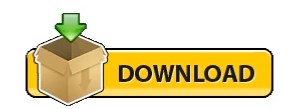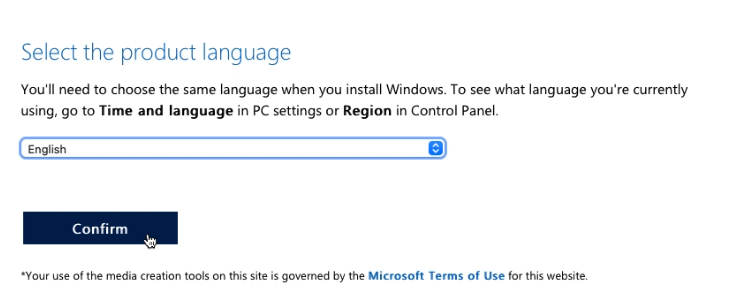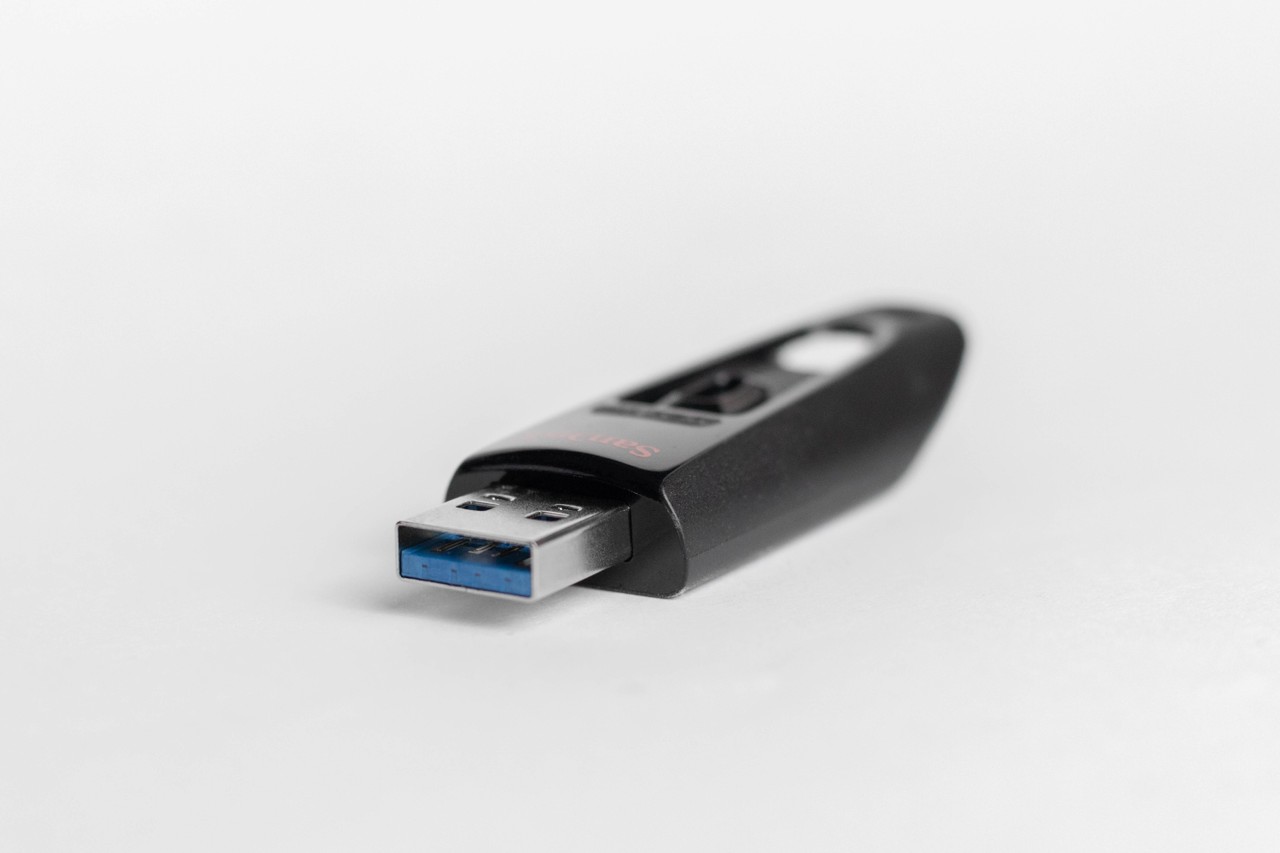

If you’re booting from USB media, you must change the BIOS boot order so the USB device is listed first.
BOOTABLE USB ON MAC FOR PC SOFTWARE
The boot order tells the machine which devices to search for the software needed to launch the computer and the priority each device in that search. That’s because the BIOS settings include the boot sequence the machine follows when starting up.
BOOTABLE USB ON MAC FOR PC PC
Starting your PC using USB rescue media is not difficult, although it first requires an adjustment in the BIOS (Basic Input Output System). The Startup Manager only lists drives that include bootable content. NOTE: Have multiple USB devices connected to your Mac? Don’t worry. The machine will start to boot from the USB drive. Once selected, either hit the Return key or double-click your selection.Using either the pointer or arrow keys on the keyboard, select the USB drive you wish to boot from.The utility will look for any available drives that include bootable content. Once the Startup Manager screen appears, release the Option key. Holding that key gives you access to OS X’s Startup Manager. When you hear the startup chime, press and hold the Option key.Press the Power button to turn on your Mac (or Restart your Mac if it’s already on).

Insert the USB boot media into an open USB slot.Getting your Mac to load from a USB drive is fairly straightforward. So if your system is unstable, you need to run a diagnostic tool on the hard drive, or you just want to load a Linux desktop just to see what it’s all about, let’s look at how you start your machine using rescue USB boot media. How you start that rescue media can vary depending on the operating system you are using, but there are a few general guidelines that can help get your machine started, regardless of the OS you prefer. As a result, booting from USB media is becoming the standard. To format the partition, type format fs=ntfs quick, and then click ENTER.And while users historically would pop a boot media disk into their DVD or CD drive, many computers no longer come with optical disk drives. To select the partition that you just created, type select partition 1, and then click ENTER. To create a new primary partition on the USB flash drive, type create partition primary, and then click ENTER. This command deletes all data from the USB flash drive. Note the drive number or drive letter of the USB flash drive.Īt the command prompt, type select disk, where X is the drive number or drive letter of the USB flash drive, and then click ENTER.

The list disk command displays all the disks on the computer. In the new command line window that opens, to determine the USB flash drive number or drive letter, at the command prompt, type list disk, and then click ENTER. Open a Command Prompt window as an administrator. Insert a USB flash drive into a running computer. Restore or repair your server running Windows Server Essentials
BOOTABLE USB ON MAC FOR PC FULL
Restore a full system from an existing client computer backup

To create a bootable USB flash drive for use in recovering or reinstalling Windows on a PC instead of a server, see Create a recovery drive.įor additional scenarios in which you may want to create or use a bootable USB flash drive, see the following topics:


 0 kommentar(er)
0 kommentar(er)
